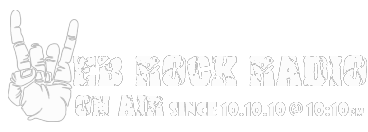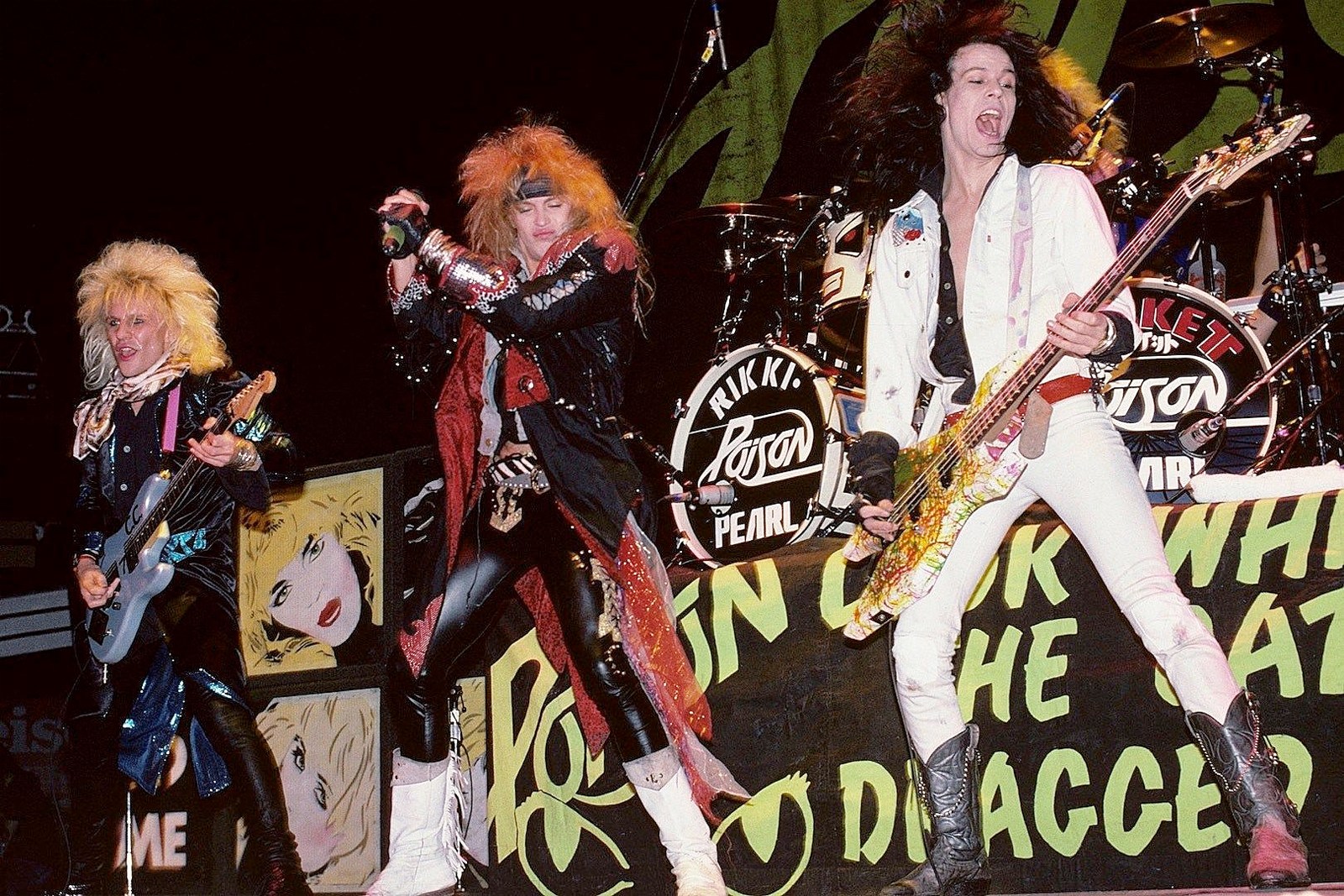The paradox of “hair metal” is that anybody who claims to be a fan of the subgenre knows it’s not real.
It’s a catch-all term for the pop-infused hard rock that dominated the Sunset Strip and commanded airwaves in the ’80s. Critics of this brighter, frothier strain of “metal” dismissed bands for caring more about their big hair and ridiculous clothing than their music — hence, “hair metal” emerged as a popular pejorative after the scene’s drastic decline in the ’90s.
The problem with “hair metal” is that it reduces a decade’s worth of bands to a derogatory two-word phrase. Critics unfairly lumped Van Halen, Motley Crue, W.A.S.P., Queensryche, the Cult, Extreme, Guns N’ Roses, Aerosmith and numerous other bands under the same umbrella, even though they all had unique takes on the hard rock du jour.
Still, whether you accept or reject the “hair metal” label, there’s no denying that it’s taken root in the pop-cultural lexicon. And just as thrash metal had its Big 4, this subgenre had its tentpole bands that came to define a movement. Read on to see the Big 4 of Hair Metal.
Motley Crue
Portrait Of Motley Crue
Hair metal, glam metal, pop-metal — whatever you want to call it, Motley Crue is the rock upon which an entire subgenre was built. Their debut album Too Fast for Love showcased a scrappy blend of metal, punk and bubblegum pop that bristled with youthful naivete and unrepentant sleaze. Their sophomore album, Shout at the Devil, launched them to stardom and helped set the template for the rest of the decade with its mammoth hooks, metallic riffs and theatrical, occult-lite aesthetic. As the ’80s hard rock scene became more cartoonish, so did Motley Crue, and Theatre of Pain and Girls, Girls, Girls verge on self-parody with their hedonistic party-metal anthems and pretty-boy posturing. Following Nikki Sixx‘s near-fatal overdose (they even perfected the art of rock ‘n’ roll excess), Motley Crue sobered up and capped their decade-long hot streak with the chart-topping Dr. Feelgood, whose standout singles “Kickstart My Heart” and the title track rank among not only their best work, but highlights of the hair metal genre.
Def Leppard
Ebet Roberts, Getty Images
Def Leppard got their start as New Wave of British Heavy Metal-adjacent hard rockers, but their popularity exploded tenfold when they embraced their pop instincts on their diamond-selling third album Pyromania. Together with producer Robert John “Mutt” Lange, they transformed songs like “Rock of Ages” and “Photograph” into stadium-sized anthems, full of soaring vocal harmonies and flashy guitar heroics. Just when it seemed like they couldn’t get any bigger (and following an accident that cost drummer Rick Allen his left arm), Def Leppard rebounded with Hysteria, another diamond-selling sensation that spawned six Top 20 hits (including the chart-topping ballad “Love Bites”) and became the hard rock Thriller. Def Leppard’s emphasis on ironclad songwriting and sterling musicianship, and their embrace of musical elements outside the hard rock realm, made them one of the biggest and most aspirational bands of the hair metal era.
Bon Jovi
Mark Weiss, Michael Ochs Archive/Getty Images
No band put the “pop” in pop-metal quite like Bon Jovi. After their first two albums underperformed commercially, they teamed up with producer Bruce Fairbairn and songwriter Desmond Child and watched their career explode with 1986’s mega-selling Slippery When Wet, which spawned a triptych of generation-defining hits in “Livin’ on a Prayer,” “You Give Love a Bad Name” and “Wanted Dead or Alive.” Bon Jovi was never not famous again after that, harnessing their momentum on 1988’s New Jersey (which produced five Top 10 hits, a record among hard rock albums) and tweaking their sound across a series of platinum and multiplatinum ’90s and 2000s albums. Jon Bon Jovi‘s supermodel good looks and vocal dynamism, Richie Sambora‘s gritty blues-guitar licks and an ear for pop hooks cemented Bon Jovi’s status as one of the biggest and most enduring successes of the hair metal generation.
Poison
George Rose, Getty Images
If somebody not intimately familiar with hair metal was asked to describe one of its bands, that imaginary group would probably look exactly like Poison. The Mechanicsburg, Pennsylvania quartet epitomized the genre’s garish excesses with their debut album, Look What the Cat Dragged In, whose cover features all four band members dolled up with makeup that would make pageant queens blush. Poison never purported to be a band of virtuosos, but the songs on Look What the Cat Dragged In and its follow-up album, Open Up and Say … Ahh!, epitomize the young, dumb, carefree attitude of the hair metal era. “Talk Dirty to Me,” “Nothin’ but a Good Time” and the 1990 Flesh & Blood cut “Unskinny Bop” are classic party-metal singles, while the chart-topping “Every Rose Has Its Thorn” is arguably the quintessential hair metal ballad. And, again, we can’t stress this enough: Just look at that hair, and those clothes.

